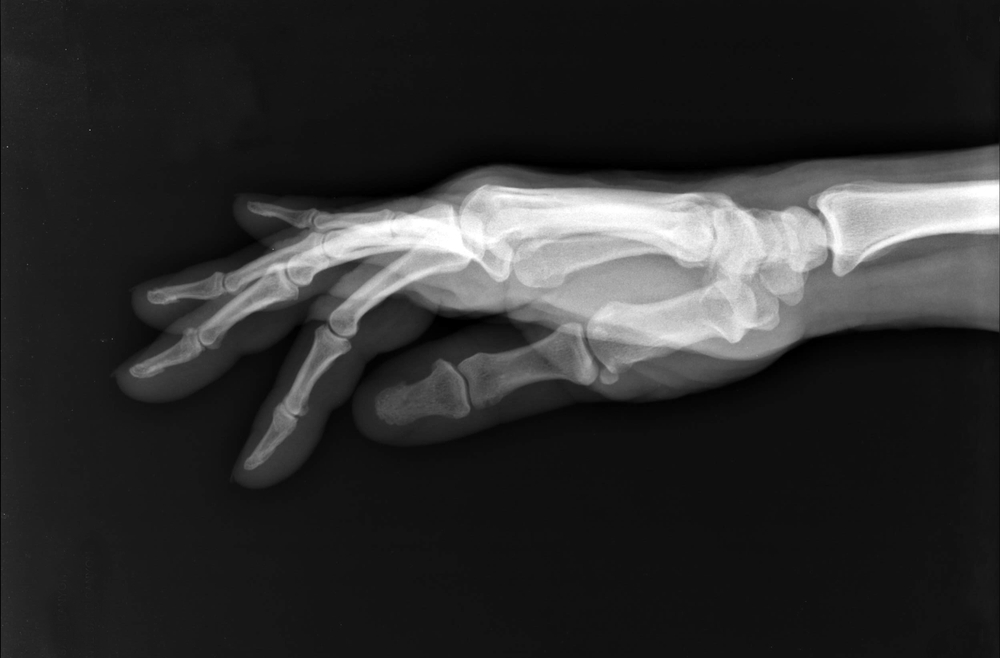What is basilar thumb arthritis?
Basilar thumb arthritis is common with aging and occurs when cartilage wears away from the ends of the bones that form the joint at the base of your thumb — also known as the carpometacarpal (CMC) joint. The CMC joint, near the wrist and at the fleshy part of the thumb, enables the thumb to swivel, pivot, and pinch so that you can grip things in your hand. The condition is sometimes called “CMC joint arthritis.”
In a normal thumb joint, cartilage covers the ends of the bones — acting as a cushion and allowing the bones to glide smoothly against each other. With thumb arthritis, the cartilage that covers the ends of the bones wears down and its smooth surface roughens. The bones can rub against each other, resulting in friction and joint damage.
The damage to the joint might result in growth of new bone along the sides of the existing bone (bone spurs), which can produce the lumps you see on your thumb joint.
Click HERE to see an image of CMC arthritis.
How is basilar thumb arthritis diagnosed?
During a physical exam, your therapist or doctor will ask about your symptoms and look for noticeable swelling or lumps on your joints. As you can see, the lumps may be subtle or more pronounced.
They may hold your joint while moving your thumb, with pressure, toward your wrist. This is called the CMC grind test. If this movement produces a grinding sound, or causes pain or a gritty feeling, the cartilage has likely worn down.
An x-ray may show deterioration of the joint as well as any bone spurs or calcium deposits that have developed.
Many people with arthritis at the base of the thumb also have symptoms of carpal tunnel syndrome, so your doctor may check for that, as well. If you would like to know more about carpal tunnel syndrome, click HERE.
What does basilar thumb arthritis feel like?
Pain is the first and most common symptom of thumb arthritis. Pain can occur at the base of your thumb with activities that involve gripping or pinching, such as turning a key, opening a door or snapping your fingers.
Other signs and symptoms might include:
- Swelling, stiffness and tenderness at the base of your thumb,
- Decreased strength when pinching or grasping objects,
- Decreased range of motion,
- Enlarged or bony appearance of the joint at the base of your thumb,
- Pain with putting weight through a flat hand, such as with some yoga poses,
- An aching discomfort after prolonged use.
What causes basilar thumb arthritis?
Thumb arthritis commonly occurs as we get older. Previous injury to the thumb joint can also cause thumb arthritis.
Factors that can increase your risk of thumb arthritis include:
- Being female,
- Being older than 40,
- Obesity,
- Some inherited conditions, such as joint ligament laxity and malformed joints,
- Injuries to your thumb joint, such as fractures and sprains,
- Diseases that change the normal structure and function of cartilage, such as rheumatoid arthritis. Although osteoarthritis is the most common cause of thumb arthritis, rheumatoid arthritis can also affect the CMC joint,
- Activities and jobs that put high stress on the thumb joint.
What can I do for my basilar thumb arthritis?
In the early stages of thumb arthritis, treatment usually involves a combination of non-surgical therapies. If your thumb arthritis is severe, surgery might be offered.
To relieve pain, your therapist or doctor may recommend that you:
- Ice the joint for 5 to 15 minutes several times a day,
- Modify your activities to reduce stress through the thumb,
- Try specific exercises to reduce stress through your thumb,
- Use topical medications which are applied to the skin over the joint,
- Or try over-the-counter or prescription pain relievers.
A splint can support your joint and limit the movement of your thumb and wrist. You might wear a splint just at night or throughout the day and night.
Splints can help:
- Decrease pain
- Encourage proper positioning of your joint while you complete tasks
- Rest your joint
If these conservative treatments aren’t effective, your doctor or therapist might recommend injecting a long-acting corticosteroid into your thumb joint. Corticosteroid injections can offer temporary pain relief and reduce inflammation.
If you don’t respond to other treatments or if you’re barely able to bend and twist your thumb, your doctor might recommend surgery. After surgery, you can expect to wear a cast or splint over your thumb and wrist for up to six weeks. Once the cast is removed, you may have physiotherapy to help you regain hand strength and movement.
A physiotherapist can help you manage your thumb arthritis. If you live in Saskatchewan you can click HERE to make an appointment or call us at 306-343-7776.

